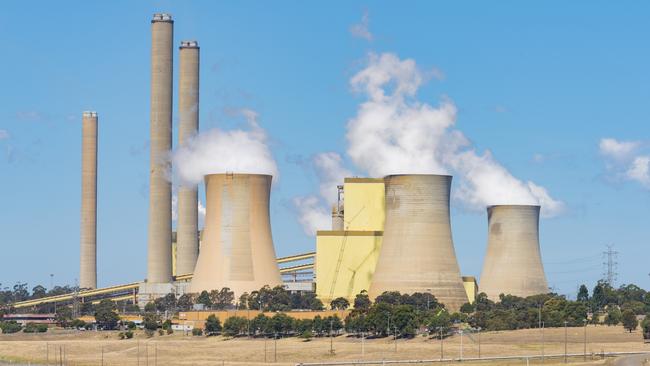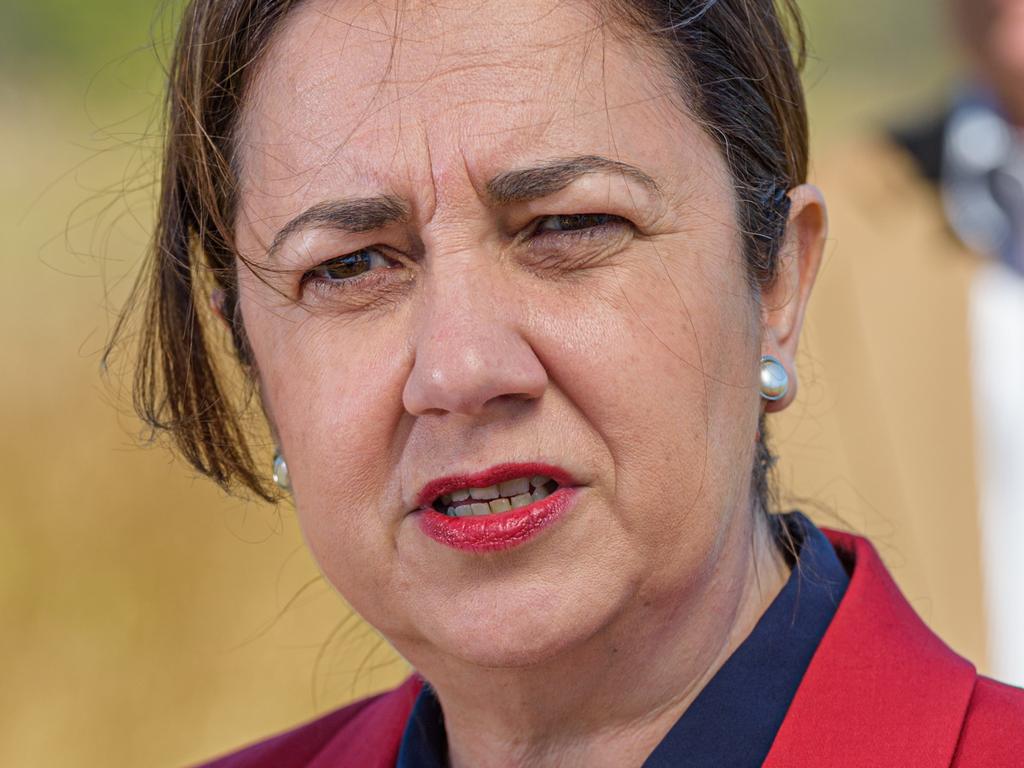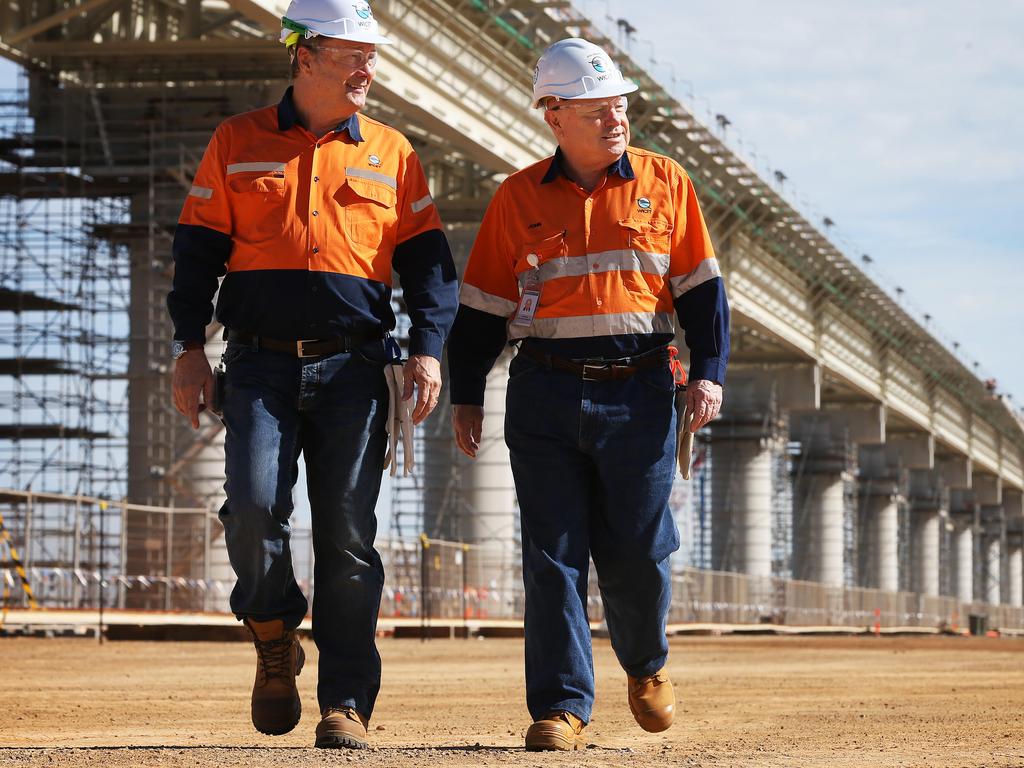Coal power plants face early retirement in 20-year grid revamp
Australia’s coal power plants could face early retirement under a 20-year plan to reshape the electricity grid.

Australia’s coal power plants could face early retirement under a 20-year plan to reshape the electricity grid, as the market operator bets on a tripling in rooftop solar and major transmission investment, while emergency government intervention may be needed to avoid a looming gas shortfall.
Coal, which currently provides 70 per cent of electricity, will contribute less than a third of supply by 2040 and could be forced out earlier than planned retirement dates as competition from renewables and carbon constraints render plants uneconomical, the Australian Energy Market Operator said.
By 2035, nearly 90 per cent of power demand could be met by renewable generation during periods of the day. However, that will require up to 50 gigawatts of large-scale solar and wind to be added under the most aggressive plan to cut emissions, representing nearly all the current capacity of the market to be built in just two decades.
“There is a risk of coal units retiring early. The fact of the matter is we’re moving from a resource and fuel intensity like coal and gas to a resource that has virtually zero fuel cost,” AEMO chief executive Audrey Zibelman told The Australian, referring to renewables. “The challenge is how do we effectively manage the exit of older units so we don’t see the price volatility and encourage new investments at a time period where we avoid scarcity and provide consumers an affordable price of energy.”
The electricity industry remains wary of a repeat of the market chaos that followed the hasty closure of Victoria’s giant Hazelwood coal plant two years ago that contributed to a 40 per cent surge in power prices. The next coal plant to exit is AGL Energy’s Liddell facility in NSW over the 2022-23 summer. But concerns remain that EnergyAustralia’s Yallourn coal station could fall victim to pending emission targets and close before its planned 2032 exit.
Sufficient replacement capacity
The market has so far failed to put in place sufficient replacement capacity should Yallourn exit the grid earlier than planned.
Major utility scale storage will “be required before any coal-fired generation retires, to manage reliability and to help increase minimum demand,” AEMO said.
“To date, there is no evidence of anticipated projects being progressed to meet these needs in Victoria in the next decade.”
The nation’s energy tsar, Kerry Schott, warned last week that Australia’s coal plants were increasingly becoming uneconomic and operating at razor-thin margins amid big falls in wholesale power prices as more renewables enter the electricity grid. AEMO said it was up to coal station owners to navigate the changing market.
“Owners are going to have to make decisions based on sound economics. It will be a decision for them as to what they see in pricing and value and where they want to put their investments,” Dr Schott said.
While gas will play a critical role in bridging the gap between coal and renewables, looming shortfalls could require government action as traditional offshore supplies from Victoria’s Bass Strait dry up and big volumes of gas from Queensland are exported as LNG.
Between 120 petajoules and 285PJs of gas will be needed each year between 2024-25 and 2036-37, exacerbating warnings that Victoria, NSW and South Australia could experience gas shortages on peak demand days from 2023.
“To ensure this level of supply, let alone enable a greater reliance on gas, a policy intervention may be required,” AEMO said. “From that point, major Queensland reserves are projected to decline and would need to be replaced with another 1000 PJ of currently contingent or prospective resources.”
Integrated system plan
AEMO’s final 2020 integrated system plan, updated every two years, maps out how Australia’s power grid will change over the next two decades.
It forecasts up to 19 gigawatts of dispatchable resources such as batteries, pumped hydro and fast-start gas plants will be required and as much as a tripling of rooftop solar accounting for up to 22 per cent of energy by 2040.
Major transmission investment will also be needed, including fast-tracking the $2.6bn VNI West interconnector between Victoria and NSW by 2027-28, which is viewed as critical for parts of the state suffering congestion from a wave of renewables output entering the system.
A second Bass Strait electricity interconnector worth $3.2bn between Tasmania and the mainland should also be running as early as 2028-29 to help boost the grid.
The supply of gas remained an issue for the national electricity market, AEMO said, noting prices may need to be as low as $4 a gigajoule in the long run to ensure the fuel could compete with declining costs for large-scale batteries.
“The role of gas in the future is going to be sensitive to what prices we’re able to drive prices down to and the adequacy of supply,” Ms Zibelman said.
“It’s going to be very important we make the market investable with gas, batteries and hydro so they are able to price at an efficient level.”






To join the conversation, please log in. Don't have an account? Register
Join the conversation, you are commenting as Logout